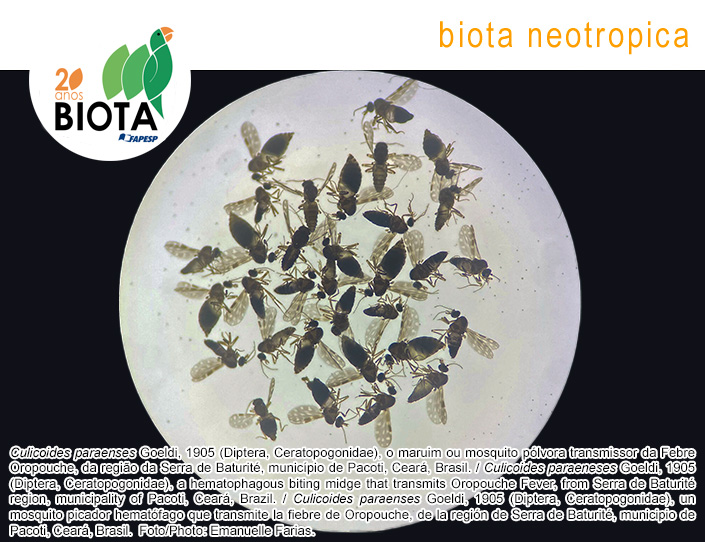Knowledge status, endemism, and conservation of anuran amphibians from Espinhaço Range, Brazil: what we know and what are the main opportunities for future studies?
Resumen
Abstract Espinhaço Range’s frogs have attracted attention since the middle of the 20th century. Despite great efforts to understand the taxonomy, patterns of distribution and biology of the anurans of this mountain range, many questions remain unanswered. Here, we updated the knowledge on endemic anurans of Espinhaço Range, including information on species ecology, behaviour, natural history, evolution, biogeography, and conservation. There are 42 endemic species, and this number may still be underestimated since numerous species lack formal descriptions. Many of these frogs are associated with the campo rupestre, the mountaintop ecosystem of Espinhaço. The greatest endemism richness in Espinhaço is concentrated in its southern portion, along Serra do Cipó, Minas Gerais, Brazil. Tadpoles and vocalizations are known for most of the endemic species, as well as the phylogenetic relationship within their respective genera. However, data on behaviour, ecology, and natural history are scarce, revealing the need and opportunities for future scientific investigations, such as studies on adaptations of endemic species to the environmental conditions of the campo rupestre.Descargas
Publicado
01/01/2024
Cómo citar
Oswald, C. B., Magalhães, R. F. de, Pezzuti, T. L., Moura, F. R., & Leite, F. S. F. (2024). Knowledge status, endemism, and conservation of anuran amphibians from Espinhaço Range, Brazil: what we know and what are the main opportunities for future studies?. Biota Neotropica, 24(4). Recuperado a partir de https://www.biotaneotropica.org.br/BN/article/view/2092
Número
Sección
Inventários
